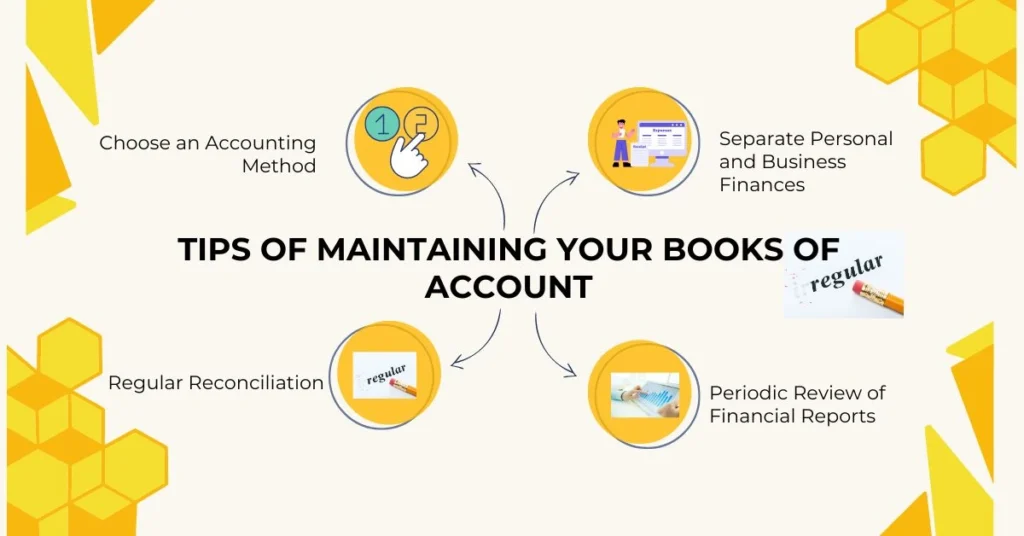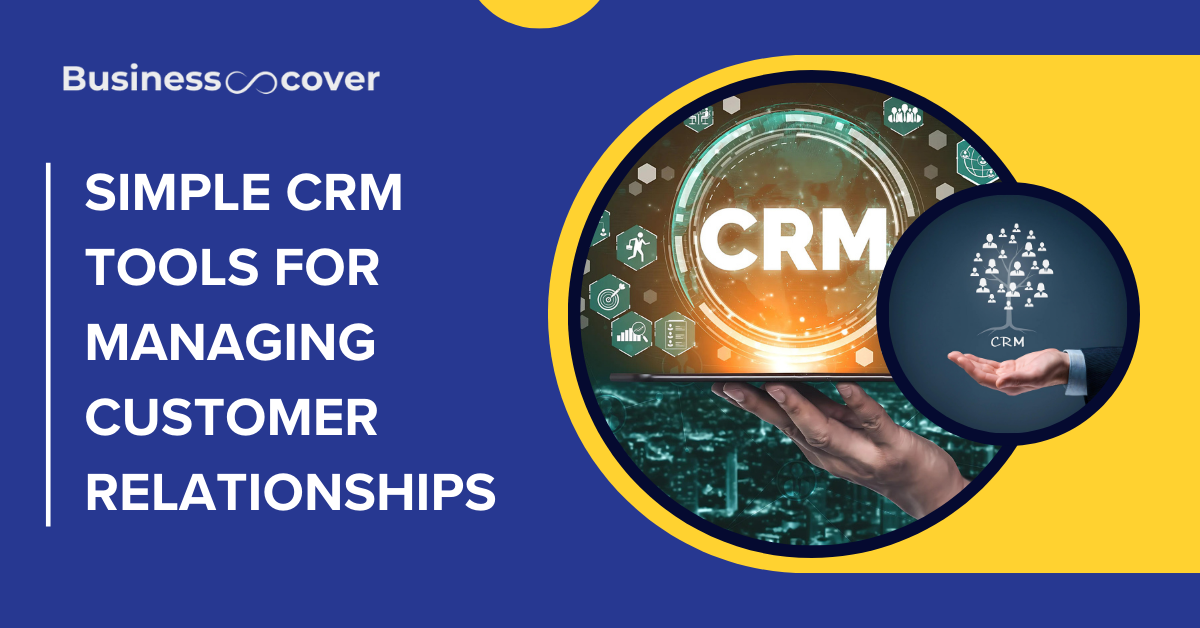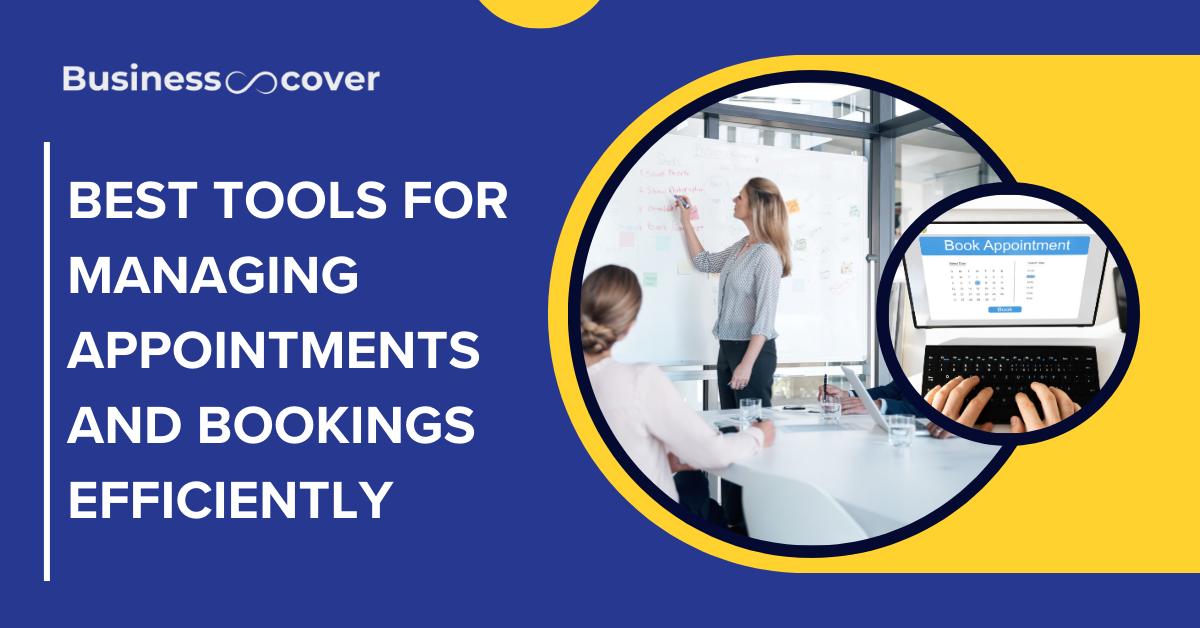Financial management is a core competency in any kind of business regardless of the industry and the size of a company. Proper use of financial tools help companies in proper management of their books, improve the accuracy for which will, in turn, help save time and money. This article explores different financial assets in the market today that for accounting and finance book that assists in financial management and other guidelines to follow in the management of our financial affairs.
Essential Financial Tools

1. Accounting Software
Accounting software is basic among any organization planning to access and monitor all the financial inputs. It consists of application software that perform such functions as entering transactions, preparing accounts, and processing invoices. Some of the most common software are QuickBooks, Xero and FreshBooks which provide different tools for different businesses for instance-cloud activities,applications for mobile use and others that integrate with other financial tools.
Benefits of Accounting Software
- Time Efficiency: Most business owners and employees will benefit from performing automated tasks such as entry of data.
- Real-Time Financial Monitoring: The users can monitor the income and expenses instantly and make decisions as soon as possible.
- Customizable Reporting: Produce sales reports which can be segmental, that is, informing of particular segments of the business.
- Scalability: When your business advances, a lot of the software programs offer more features thereby enabling the accounting for of more levels of complexity.
And another advantage is that when accounting is performed using accounting software the amount of time taken is reduced while at the same time reducing the risks that are associated with human mistakes. These platforms also integrated tools to help track the source of revenue and its expenditure in real-time which improves flow analysis. However, they also always allow customers to choose a reporting system whereby they can get an overall view of the financial status of their business.
2. Expense Tracking Tools
The list is useful for organizations which looking for tools to track expenses effectively. They make it possible to record expenses made by employees for travel, meals and entertainments most of which can be recovered. While many accounting software contain features for tracking expenses, there is often more comprehensive tools out there for purchase such as Expensify or Zoho Expense.
Key Features of Expense Tracking Tools
- Receipt Scanning: Most apps permit users to capture photos of the receipts to help enter data with no manual labor.
- Categorization: When used they can be grouped in order to facilitate easier analysis and presentation.
- Integration with Accounting Software: thousands of their expense tracking and accounting systems and therefore eliminated a great deal of manual data entry.
- Policy Compliance: The management should set rules for spending limits in order to regulate the employees on the areas of the policy that they violated.
Most of such tools have a mobile application interface that lets the employee capture receipts wherever they are which helps in record keeping. When expenses are recorded and submitted automatically this cuts down the time spent doing paperwork and also makes sure all expenses have been captured.
3. Budgeting Tools
Controlled spending is important so that the business will not spend more than it has to and because the future expenses are unpredictable. Controlling tools in the case of businesses facilitate an accrual process of recording income and expenditure to support the owners in taking proper decisions on the usage of available resources. Currently, most of the accounting software come with budgeting tools that enable users to produce reports regarding various items over time.
Advantages of Using Budgeting Tools
- Goal Setting: Supports development of quantifiable and achievable financial targets, derived from the organizations past records.
- Variance Analysis: Subtract budgeted amounts from actual expenditures in order to find out differences.
- Forecasting Capabilities: Incorporate current trends in order to predict future income and expenditure.
- Collaboration Features: Let many users participate in the preparation of the organizational budget, as well as during the changes.
Budgeting tools also assist companies in setting practical financial targets as well as keep records on how well they are likely to meet them. Through a comparison of the actual expenses that have been incurred to the budgeted expenses, it is possible for the companies to discover areas where the actual expenses are high and develop a new strategy.
Also Read | Simple Accounting Tools to Manage Your Business Finances
4. Payroll Management Systems
It is often a challenging process for any business organization to undertake the responsibility of dealing with payroll at the workplace since it becomes even more demanding when a firm expands and starts hiring more workers. It means that the basic processes of the payroll processing, including calculation of wages, taxes and other benefits are automated, thus minimizing the chances of calculation mistakes that can lead to fines, or employees’ discontent. Services such as Gusto or ADP can help make payroll easier because it coming with compliance with the tax laws and also helping employees access their pay stubs and tax statements.
Features of Payroll Management Systems
- Automated Tax Calculations: Helps to avoid avoiding errors in withholding according to the prevailing tax laws.
- Direct Deposit Options: This cuts down the payment procedures for those who are employed by an organization.
- Employee Self-Service Portals: Enables employees to view payroll information on their own.
- Integration with Other Financial Tools: Enables the easy communication of payroll information to the accounting department effectively.
Many of these systems also synchronise well with accounting programs in such a way that makes managing finances more comprehensive. Payroll operational integration also make possible to reflect true costs of employees in financial statements and thus labor cost as factor of profitability.
5. Inventory Management Software
It ranges from small scale shops or stores which buy and sell physical goods to industrial wholesalers require an efficient management of inventory using software. They are used in tracking the kind of stock at hand, sales or lack of it and orders that maybe present in the various outlets. Connectivity with POS makes the inventory information real time and precise that plays a significant role to manage supplies.
Benefits of Inventory Management Software
- Real-Time Inventory Tracking: This means that special attention has to be paid when ordering for stocks to ensure that there is no overstock and that there are no stockouts.
- Demand Forecasting: Be able to forecast sales in order to determine future inventory requirements consistently.
- Supplier Management: Order supply through the relationships with suppliers through efficient ordering procedures.
- Reporting Capabilities: Prepare clear and specific written analyses of the inventory turnover rates and results of products.
Appropriate inventory management practices ensure that there is reduced cases of overstocking and stock out because these two have an adverse effect of the cash flow and customer satisfaction. Inventory management application turned out to be helpful for planning stock amounts considering the prior sale and future tendency.
Tips of Maintaining Your Books of Account

1. Choose an Accounting Method
The right method of account, the cash method and the accrual method, are significant in the management of accounting books. Cash basis of accounting recognizes transactions when cash is paid or received; it is simple but may exclude balance sheet values of accounts receivable or payable. Whereas, accrualcook’s transactions when they occur (regardless of when a cash exchange takes place), giving a better picture of performance and profitability in the future.
Selecting the appropriate method requires the awareness of the model of the business and its size; still, many small businesses are better off opting for accrual accounting since it better matches revenues with expenses.
2. Separate Personal and Business Finances
Separating personal and business finances also has a way of making the processes of book keeping and paying taxes much easier. It is recommended to make these separations for the same reasons as with audits, and also in order to keep track of all business-related expenses, without entwining them with personal ones.
Apart from this, it also assists in creating such a separation while at the same time offering better chances of generating accurate projections on the cash flow trends related specifically to your business.
3. Regular Reconciliation
Reconciliation process is the process of comparing the figures recorded in your account books with the bank statement. It must be carried out at least once monthly depending on the activity level; by so doing, abnormalities are quickly recorded before they compound.
Manually or by using special software, to maintain accuracy, regular reconciliation has to be performed, as well as to gain confidence in financial reporting, including investors or lenders who may need periodic updates to your company’s status.
4. Periodic Review of Financial Reports
Using income statements, balance, cash flow statements, and profit, and loss statements to evaluate the performance of the business is made easy because of the ability to review such financial reports periodically. It assists in presenting further enhancement to focus on the various segment strengths and weaknesses to improve areas that call for that.
When reading these reports, which should be done monthly or quarterly, you can make tactical decisions on the distribution of certain resources and what cost-cutting you actually can do that would add to the bottom line long-term.
Conclusion
Using financial tools like accounting software helps businesses maintain accurate records and manage finances efficiently. These technologies simplify tracking expenses, ensure compliance, and provide insights into financial stability. By incorporating the right tools alongside routine bookkeeping, businesses can save time and costs, positioning themselves for long-term growth and competitiveness. In today’s landscape, adopting financial technology is essential for staying relevant and profitable.






